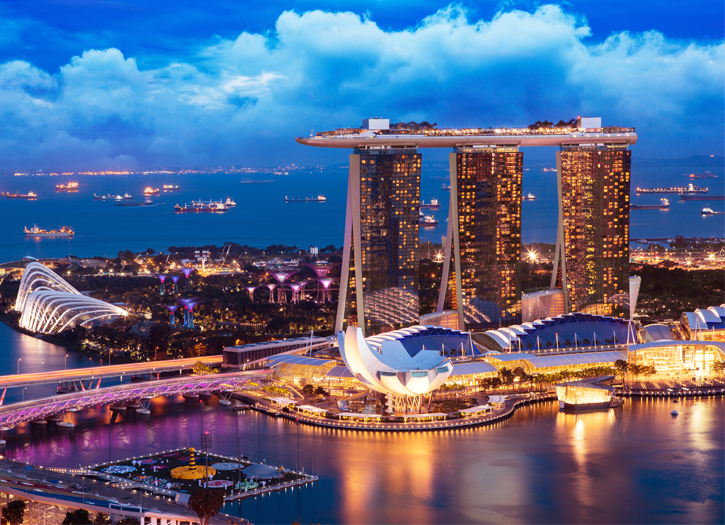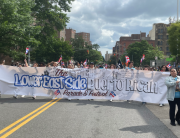By late-March and April, COVID-19 clusters were detected at multiple dormitories for foreign workers, which soon contributed to an overwhelming proportion of new cases in the country. Singapore currently has the third highest number of confirmed COVID-19 cases in Southeast Asia, behind Indonesia and the Philippines.
To fight against COVID-19, a multi-ministerial committee was formed on 22 January with Minister for Education Lawrence Wong and Minister for Health Gan Kim Yong as the co-chairs and Prime Minister Lee Hsien Loong and Deputy Prime Minister and Minister for Finance Heng Swee Keat as advisors. Singapore also contributed US$500,000 to support World Health Organization (WHO) efforts against COVID-19. In response to the growing number of new cases,.As of 6 October 2020, there are a total of 57,830 confirmed cases, with 57,612 recoveries and 27 deaths.
The ongoing pandemic is likely to have a significant impact on the local economy. On 17 February, the Ministry of Trade and Industry (MTI) downgraded Singapore’s forecast GDP growth to between -0.5% and 1.5%.This is largely due to the fall in tourism and social distancing restrictions. On 26 March, MTI said it believed that the economy would contract by between 1% and 4% in 2020. This was after the economy shrank some 2.2% in the first quarter of 2020 from the same quarter in 2019. On 26 May, the Singapore economy contracted 0.7%YoY, which was better than the expected contraction of 2.2%. However, MTI said that it was revising down its expectation for the Singapore economy in 2020 to shrink by 4% to 7%.
On 2 April, the rating’s agency Moody’s downgraded the Singapore banking sector from “stable” outlook to a “negative” outlook on the back of rising bad loans and deteriorating profitability as a result of the COVID-19 pandemic. It was estimated by the economist Chua Hak Bin, the lockdown “circuit breaker” beginning on 7 April could impact the economy to the tune of S$10 billion. With the lockdown imposed on foreign workers, there were concerns that there could be delays in construction work of up to six months. Senior Minister of State for Trade and Industry Chee Hong Tat announced that some 3,800 companies had closed in April 2020.
On 6 April, it was announced in Parliament that Changi Airport Terminal 2will be suspended from 1 May for 18 months due to the ongoing pandemic. The suspension of Terminal 2 will also allow the ongoing expansion work announced in January 2020 to be completed up to a year ahead of schedule in 2023 instead of 2024. In the meantime, four airlines have moved their Terminal 2 operations to different terminals: Singapore Airlines/SilkAir (to Terminal 3), Etihad Airways (Terminal 3); Royal Brunei (Terminal 1) and All Nippon Airways (Terminal 1). 10 other airlines have suspended operations.
Taxi and private hire vehicles were hit by the impact of COVID-19. A S$77 million package was provided to help them tide through this period, co-funded by the Government, taxi and private-hire companies. In addition, a S$2.7 million fund was set up by the Government and National Trades Union Congress (NTUC) for drivers who are not eligible. In view of the worsening coronavirus impact, the package will be enhanced from May 2020, extending until September 2020. This will cost an additional $95 million.
Singapore Airlines, SilkAir and Scoot have announced plans to slash their capacity. Singapore Airlines slashed 96% of its capacity until end-April. The news resulted in STI crashing down by 164.63 (6.83%). Scoot will ground 47 out of the 49 planes they have in their fleet. It was reported on 27 March 2020, SIA received a rescue package of S$19 billion to get over the difficult period. Its major shareholder Temasek Holdings will underwrite the package which contains S$5.3 billion equity and S$9.7 billion convertible note.Singapore’s biggest bank DBS will also lend it S$4 billion to help it get over the crisis and position itself for expansion. On 14 May 2020, Singapore Airlines announced a full year loss for Financial Year 2019/2020 of S$212 million.







Add Comment
You must be logged in to post a comment.